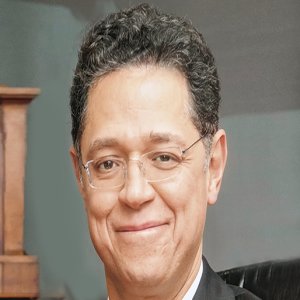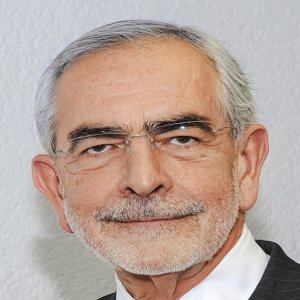ONUS on Key Players to See Projects Through

STORY INLINE POST
After a successful first year for Mexico’s newly minted electricity market, the challenge now is to get all the projects in the pipeline moving forward to benefit the country’s economy, lower energy prices and improve the industry’s overall competitiveness.
The heavy infrastructure investments associated with the projects tendered during 2016’s two long-term power auctions will add value in the form of jobs and technology development but it is up to developers, communities, investors and authorities to see them through to completion, says Jaime de la Rosa, President of the Mexican Energy Association (AME), which groups dozens of national and international players in the power sector.
Looking back at 2016, the MEM’s first year of operation, de la Rosa says the two power auctions were successes that put Mexico firmly on the global energy map. “The response to the first long-term electricity tender in March was quite successful, with over 103 private companies accessing the tender’s guidelines, of which 69 presented economic proposals. This level of participation was a historical milestone, not only for Mexico but for the global energy industry,” he says. “The process’ transparency and the record renewable energy prices received by CFE were also great achievements. Achieving an average of US$49 per megawatt-hour of wind and solar energy has been a major breakthrough for the country and the renewable energy industry, especially as there were no subsidies involved.”
CENACE followed in September with another successful auction performance that “managed to surpass the high bar set during the first round, allocating a large share of the capacity required by CFE and achieving lower prices per megawatt-hour and CELs,” says de la Rosa. “We were especially satisfied to see that the portfolio of technologies earning contracts was much more diversified than in the first auction in which solar and wind technologies got all the CELs and energy auctioned. Now, we also have combined cycles, geothermal and hydropower technologies.” De la Rosa says that some of the most interesting areas of the new energy paradigm, such as the spot market, will take a little more time to develop as new players come to understand the rules and slowly start to dip their toes into the waters. The spot market, where companies will go to meet shortterm energy requirements not covered by PPAs or basic supply, will gradually see more participants such as qualified suppliers, the energy middlemen who are starting to pop up in the country. “The new mechanisms will contribute to increasing Mexico’s competitiveness on the global scene and enhance the internal energy security of the country while bringing new players to the market. There is still a long road ahead to arrive at this ideal scenario but the regulations are clearly marking the route we need to follow to reach this target.”
Among the elements that need to be clarified are the relationship between participants in the spot market, subject for example to variable prices, and those taking part in the long-term fixed-price electricity tenders, de la Rosa says. Fortunately the authorities, from the Ministry of Energy to Congress, have been willing to listen to the needs of private players. AME “continues to collaborate with CENACE, CRE and the Ministry of Energy to shape the future of the energy market, sharing our members’ experiences in international markets and acting as the voice of private energy companies in Mexico.” AME is looking forward to future electricity tenders despite the uncertainty that continues to swirl around the sector. “Our main expectation is to see a series of successful electricity tenders over the next years,” de la Rosa says.
“The challenge will be to eliminate the uncertainty regarding the functioning and potential scope of the other market components, such as bilateral contracts, which share strong similarities with the self-supply scheme, a legacy from the old regulatory framework. So far, private companies are analyzing the possibility of partaking as qualified suppliers or marketers as a strategy to diversify their participation in the new market. However, we will have to wait to see how successful these new elements become.”























